
The US embassy in Havana, where diplomats experienced symptoms including dizziness and headaches
Credit: AP
American diplomats who suffered mystery illnesses at US embassies in Cuba and China may have been the victims of "directed" microwave radiation similar to that used by the Soviet Union.
A new report by the National Academy of Sciences, which was commissioned by the US State Department, is the latest attempt to find a cause for the puzzling symptoms that started to emerge in late 2016 among American personnel in Havana.
Between late 2016 and May 2018, several US and Canadian diplomats posted in Cuba’s capital complained of health problems from an unknown cause. One US government count put the number of American personnel affected at 26.
Some reported hearing high-pitched sounds similar to crickets while at home or staying in hotels, leading to an early theory of a sonic attack. An audio recording of a persistent drone sound was made by US personnel in Cuba.
The study into the illnesses released on Saturday found that "directed, pulsed radio frequency energy appears to be the most plausible" explanation for symptoms that included intense head pressure, dizziness and cognitive difficulties.
It found this explanation was more likely than other previously considered causes such as tropical disease or psychological issues.
The study did not name a source for the energy and did not say it came as the result of an attack, though it did note that previous research on this type of injury was done in the former Soviet Union. The Soviets are known to have attacked the US embassy in Moscow with microwaves in the 1970s and 1980s.
In its report, the 19-member committee noted that it faced significant challenges in trying to get to the bottom of the medical mystery.
Among them, not every diplomat reported the same symptoms and the National Academy of Sciences research did not have access to all the previous studies on the illnesses, some of which are classified.
"The committee found these cases quite concerning, in part because of the plausible role of directed, pulsed radiofrequency energy as a mechanism, but also because of the significant suffering and debility that has occurred in some of these individuals," said committee chairman David Relman, a professor of medicine at Stanford University.
"We as a nation need to address these specific cases as well as the possibility of future cases with a concerted, coordinated, and comprehensive approach."
The health effects were experienced by about two dozen Americans affiliated with the US Embassy in Cuba as well as Canadian diplomats and personnel at the US consulate in Guanghzhou, China, in early 2017.
The illnesses prompted the US to more than halve the number of diplomats in Havana in 2017.
US and Cuba: a timeline
Some of the Americans have been critical of the US government’s response to their health complaints.
Mark Lenzi, a diplomat who was injured while working in Guangzhou in 2018, said that the US’s efforts to “deny and cover up inconvenient scientific and medical facts” had left him angrier at his own government than the government that might be to blame for injuring him.
“My government looked the other way when they knew I and my family were injured,” he told The New York Times.
“This report is just the beginning and when the American people know the full extent of this administration’s cover-up of the radiofrequency attacks in China in particular they will be outraged.”
Mr Lenzi is suing the State Department.
Last year, researchers in Canada said the illnesses may have been caused by the excessive use of pesticides during Latin America’s Zika virus outbreaks.
A study released in 2019 suggested that the attack shrunk the brains of American diplomats in Cuba.




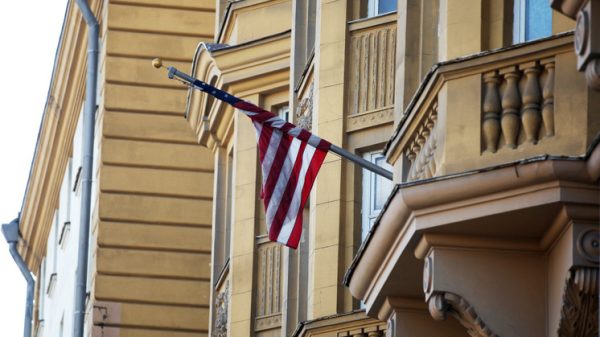




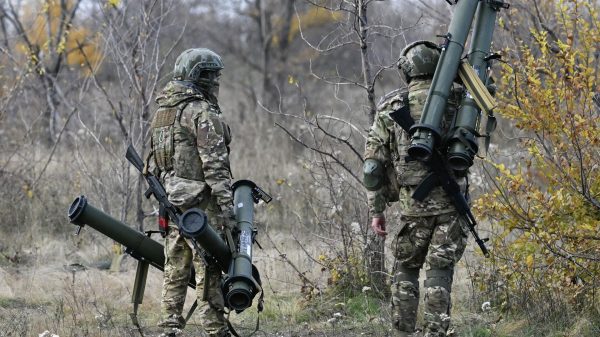
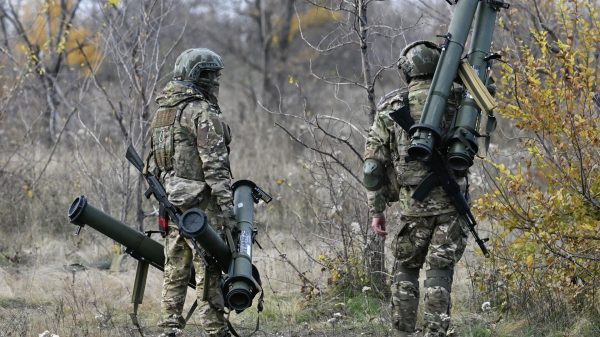









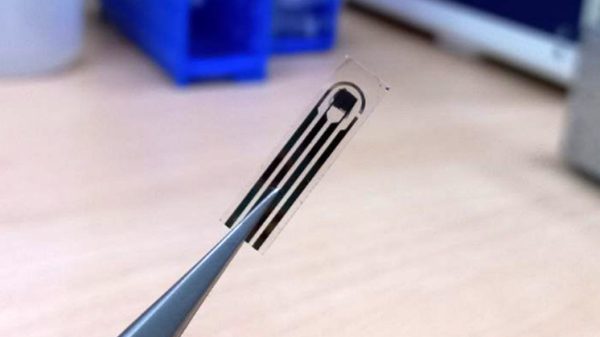












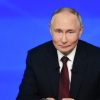

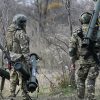
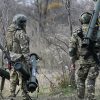
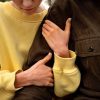
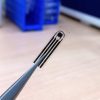
















Свежие комментарии